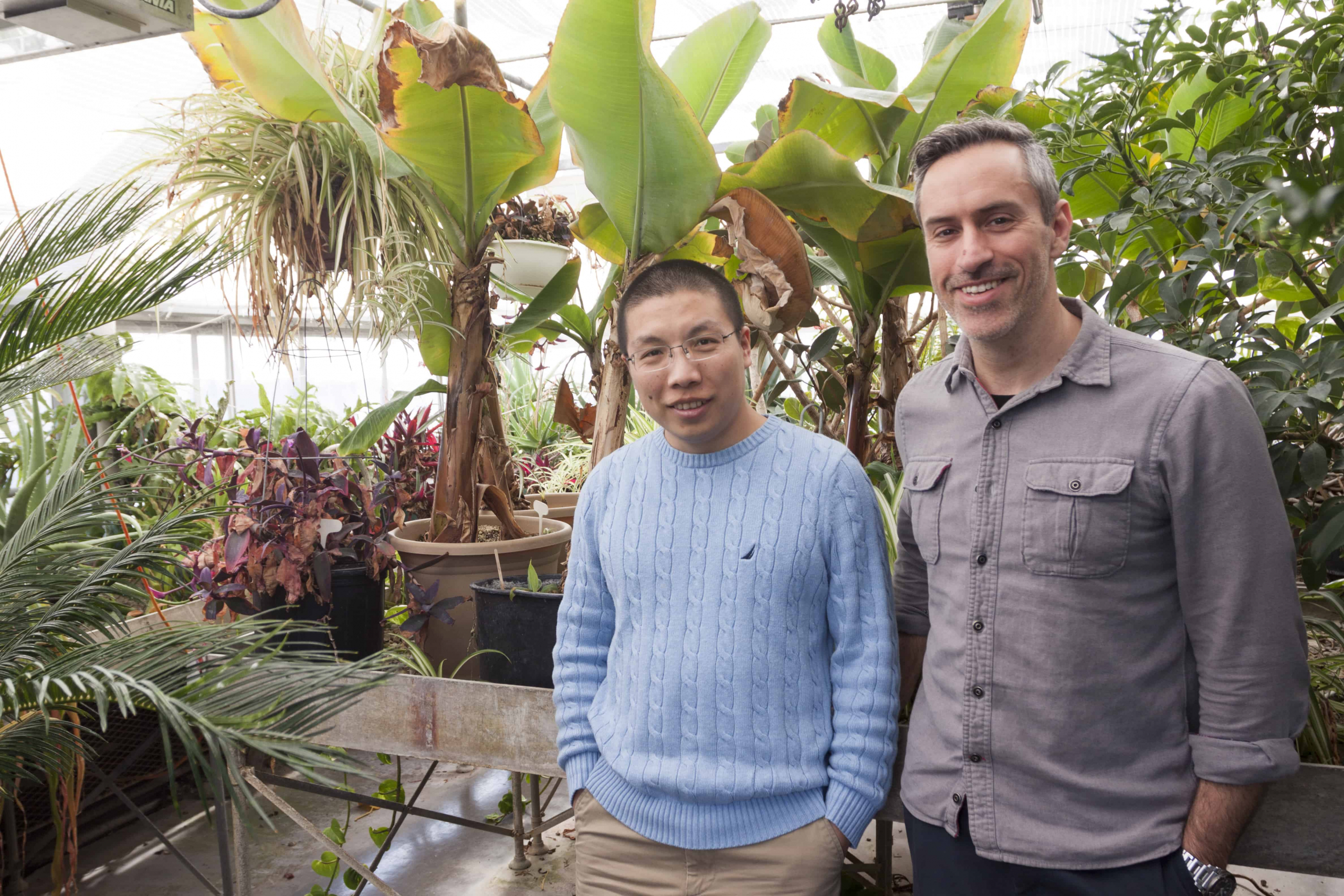What happens when a forest turns into a lake? What are the impacts on species when a previously contiguous ecosystem is submerged and only islands remain? New research from U of T explores new ways to measure biodiversity loss by studying the function of organisms in ecosystems. This new definition goes beyond just counting the number of species remaining.
From climate change to invasive species, exploitation to pollution, humans are putting massive pressure on ecosystems. Deforestation, urban sprawl, and the conversion of more and more land for agriculture have caused habitat losses for many species. At the same time, the remaining habitat is fractured as large ecosystems are reduced to discrete patches.
Sometimes, a single construction project can dramatically and rapidly fragment an ecosystem. The Xin’an dam in China’s Zhejiang province was part of a hydroelectric project built in 1959.
At the time that the dam was built, population growth was rampant and concerns for environmental impacts were low. A forested valley was flooded, forming a 573 square kilometre lake known as the Thousand Island Lake. Most of the valley was submerged, and more than 1,000 islands were created. It was not until 50 years later that researchers began to examine the ecological impacts of this huge anthropogenic change.
Dr. Marc Cadotte, an Associate Professor at UTSC, first became interested in studying the Thousand Island Lake while on sabbatical in China. Cadotte, post-doctoral fellow Dr. Xingfeng Si, and collaborator Dr. Ping Ding sought to examine how the shift from contiguous forest to fragmented islands affected biodiversity.
Led by Si, the researchers compared bird species found on islands with those found in adjacent mainland sites to determine the dam’s impact on community composition.
When we think of biodiversity, we often just think about the number of species. Cadotte pointed out that while this definition is common among the public and scientists alike, it is too simplistic.
He stressed that “biodiversity encompasses variation at lots of different levels including genetic and functional diversity.”
In addition to looking for decreases in the number of bird species on islands, Dr. Si and his colleagues also examined functional diversity.
Can we predict how many species we will find on an island? In their 1967 book The Theory of Island Biogeography (TIB), Robert MacArthur and Edward O. Wilson argued that the number of species on an island will be a function of its size and its isolation. The larger the island, the more species will be present.
Additionally, islands farther from the mainland are expected to have fewer species. The theory makes no predictions about what species will immigrate to islands, or if island communities will have similar compositions.
Si and his colleagues used TIB as a starting point to compare bird communities. As expected, larger islands had a higher number of bird species. However, isolated islands had just as many species as those close to the mainland.
TIB assumes that species are all equally likely to establish, but traits such as dispersal ability could be really important in determining which species migrate to islands.
It is also possible that competition would prevent similar species from coexisting on a small island. Si’s analysis revealed that, especially on smaller islands, species were more alike than would be expected by chance.
When the functional similarity of species was taken into account, more isolated lakes did have lower diversity. Biodiversity had declined, not just in terms of species number, but also in how many functional niches were being occupied.
Habitat fragmentation is an increasing and serious problem as the human population grows dramatically. As highlighted by Si and Cadotte’s research, the impact of fragmentation can be complex and unexpected. Dr. Cadotte’s future research will focus on the impact that decreases in biodiversity will have on ecosystem health.


